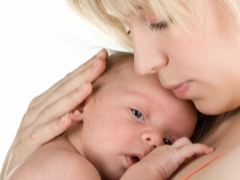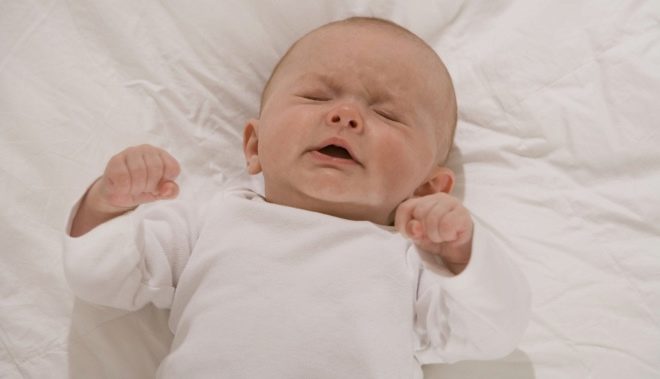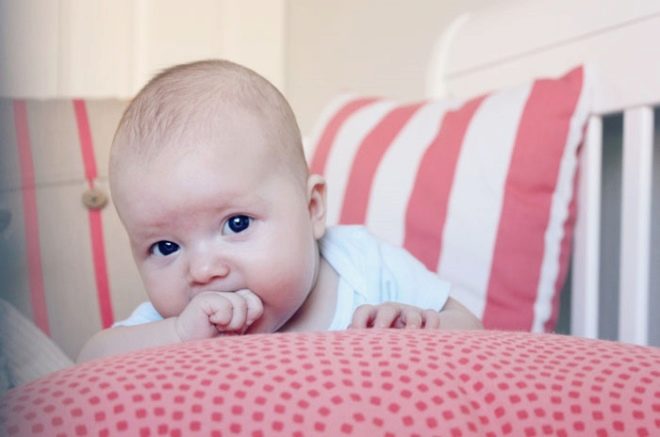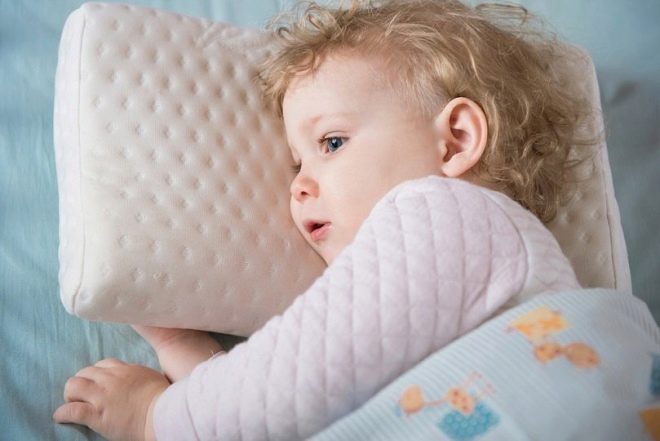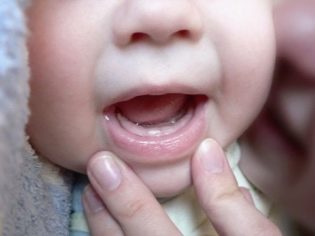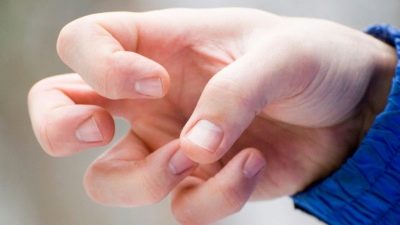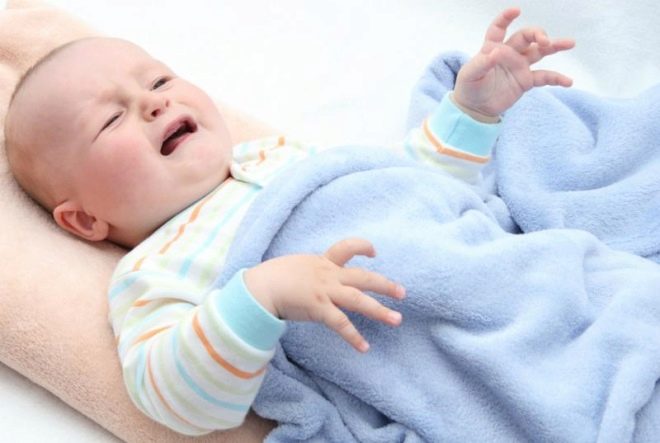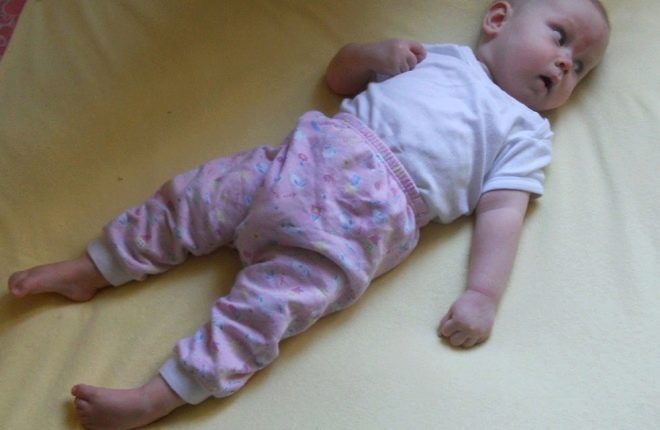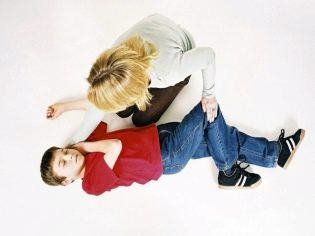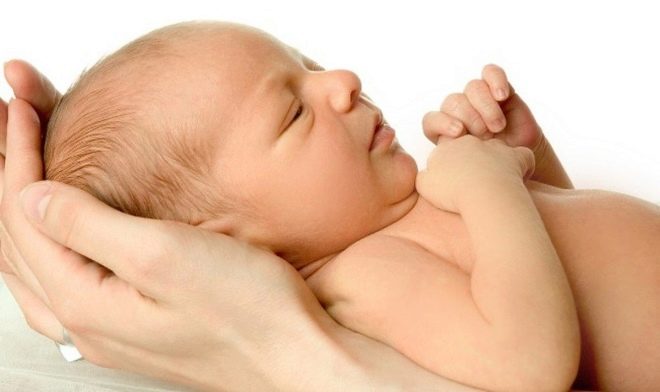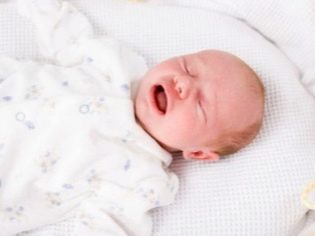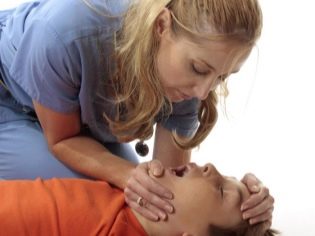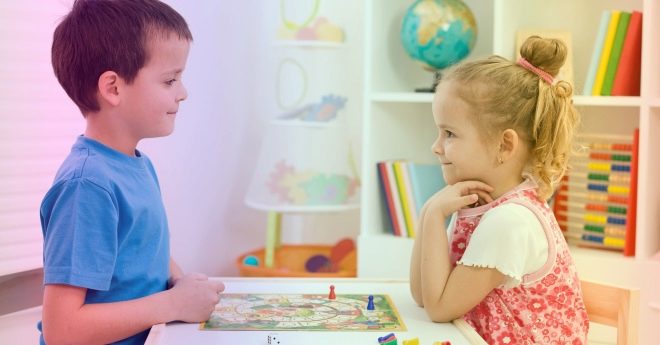What are febrile convulsions in children and what first aid should be given?
When a baby has a high fever, there is a risk of developing convulsive syndrome. Most parents know this. Because of what it happens, how likely it is and how to give the baby first aid, we will tell in this material.
What it is?
Convulsive muscle contractions in fever are typical of children. Adults with such a complication of heat do not suffer. Moreover, the likelihood of developing seizures decreases over the years. So, in adolescents, they do not exist at all, but in babies from birth and babies under 6 years old, the risk of responding to fever and fever is exactly the same as anyone. The peak of the disease occurs in children from six months to one and a half years.
Convulsions can develop in any disease that is accompanied by a significant rise in body temperature.
Critical in terms of the likelihood of febrile seizures is considered to be a temperature that exceeds subfebrile values when the thermometer rises above the 38.0 degrees mark. Rarely enough, but this is not excluded, the convulsions "start" at 37.8-37.9 degrees.
The probability that the child will begin such an unpleasant symptom is not too great. Only one of the 20 karapuz with a high temperature, according to statistics, is prone to convulsive syndrome. In about a third of cases, febrile convulsions return - if the child has experienced them once, then the risk of recurrent seizures during the next illness with fever and temperature is about 30%.
The risk group includes children who were born premature, underweight, babies with pathologies of the central nervous system, children born as a result of rapid birth. However, these statements are nothing more than the assumption of doctors and scientists. The true risk factors are still unknown.
However, one thing is known reliably - convulsions are more likely to occur in children with high heat when their parents or relatives in the second and third generations suffer from epilepsy or other convulsive illnesses and conditions.
Genetic predisposition thus plays a crucial role.
How to develop?
At high temperatures, the child's internal temperature rises, including the brain. The “overheated” brain itself is capable of a wide variety of “tricks”, but more often it just starts sending the wrong signals to the muscles, which begin to involuntarily contract.
The question of how fever provokes convulsive syndrome is one of the most controversial in medical science. The researchers did not come to a consensus. In particular, it is still not clear whether long febrile seizures can "start" the process of epilepsy in a child. Some scientists claim that these ailments are in no way interconnected, although they are similar in symptoms, others see a definite connection.
It is obvious that the age immaturity of the children's nervous system, the imperfection of its work, is related to the mechanism of the development of convulsions. That is why, when it develops sufficiently, closer to the end of preschool age, febrile convulsions can be forgotten, even if they were repeated with an enviable constancy with each disease at which the temperature rose before that age.
The reasons
The reasons that underlie febrile seizures are still being studied, it is difficult to judge them for certain. However, provoking factors are known. High fever in a child can cause infectious and non-infectious diseases. Common infections include:
viruses (ARVI, flu, parainfluenza);
bacteria (staphylococcal infection, scarlet fever, diphtheria etc);
fungi.
Non-infectious causes of fever with the likelihood of seizures:
teething;
heat stroke, sunburn;
lack of calcium and phosphorus in the body;
postoperative fever;
neurogenic fever;
severe allergic reaction;
injuries;
DTP vaccination reaction (occurs infrequently).
Symptoms
Febrile seizures do not develop immediately, but only a day after the temperature has been established at high values. Convulsive contractions themselves are simple and complex. Simple convulsions last from a few seconds to 5-15 minutes, with them all muscles contract evenly, a short-term loss of consciousness occurs, after which the kid usually cannot remember what happened and quickly falls asleep.
Complicated febrile seizures are manifested by contraction and convulsions of the limbs alone or only one half of the body. Attacks with atypical convulsions lasting for more than a quarter of an hour.
If simple convulsions are usually isolated, not repeated throughout the day, then atypical ones may return several times a day.
What do they look like?
Febrile convulsive seizure always begins suddenly, without any prerequisites and precursors. The child just loses consciousness. The first subject to convulsive contractions of the lower limbs. Only after this cramp covers the body and arms. The pose of the child in response to convulsive cuts changes and becomes characteristic - the baby arches the back of the arc and throws his head back.
The skin becomes pale, cyanosis may occur. Cyanosis is usually manifested in the area of the nasolabial triangle, the orbits also look sunken. Short-term respiratory arrest may occur.
The child leaves the attack smoothly, all the symptoms develop in the reverse order. First, the natural color of the skin returns, cyanosis of the lips disappears, dark circles under the eyes, then the posture is restored - the back straightens, the chin is lowered. Last of all, the cramps in the lower limbs disappear and the child’s consciousness returns.. After the attack, the baby feels tired, broken, apathetic, he wants to sleep. Drowsiness and weakness persists for several hours.
First Emergency
All parents of babies, without exception, need to know the rules for providing first emergency care in case the children suddenly have febrile seizures:
Call an ambulance and record the time of the onset of the attack, this information will be very important for the visiting team of doctors to differentiate the seizures and decide on further treatment.
Lay the child on its side. Check that there is nothing stranger in the baby’s mouth so that he does not choke. If necessary, the oral cavity is cleaned. Lateral position of the body is considered a universal “posture of salvation”, it prevents the possible aspiration of the respiratory tract.
Open all windows, window, balcony door, so as to ensure the access of fresh air as soon as possible.
From the place where the child lies, should be removed away all sharp, dangerous, so that he could not accidentally get injured in convulsions. It is not necessary to hold the baby’s body with force, it is also fraught with injury to muscles, ligaments, and bones. It is enough to slightly hold and observe that the child does not hurt himself.
- Parents need to remember as much as possible or capture all the features of the attack on the video, while the ambulance crew is traveling - whether the kid has a reaction to others, to the light, loud sounds, the voices of the parents, limb contractions are uneven or uneven, how intense is the convulsion. This information, together with the exact time of the attack, will help the doctor quickly understand the situation, make the correct diagnosis, exclude an epileptic seizure, meningitis, and a number of other dangerous health problems, which are also accompanied by a convulsive syndrome.
What can not be done during the attack?
In the event of convulsions in any case, you can not do the following:
Spray the child with cold water, immerse him in a cold bath, apply ice to the body. This can cause a spasm of blood vessels, and the situation will be complicated.
Straighten limbs with forced spasms, forcibly unbend the curved back. This can result in injuries to bones, tendons, joints, and the spine.
To smear the child with fats (badger, bacon), alcohol (and vodka too). This disrupts thermoregulation, which leads to even more overheating of the brain.
Introduce a spoon in the child's mouth. The general opinion that a baby without a spoon can swallow its own language is nothing more than a commonplace narrow-minded delusion. To swallow the language is impossible in principle.
Thus, there is no benefit from the spoon, and the harm is great - in attempts to unclench a child with cramps, parents often break their teeth with a spoon, injure the gums. Fragments of teeth can easily get into the respiratory tract and cause mechanical suffocation.
Do artificial respiration. An unconscious child continues to breathe, even if there are brief stops in breathing. To interfere in this process is not worth it.
Pour water or other liquids into your mouth. In an attack, the child cannot swallow, therefore it is only necessary to give him water when the child is conscious. Attempts to put water or medicine in the mouth during febrile seizures can be deadly for a child.
First Aid
First aid from the visiting ambulance doctors will be an emergency injection of Seduxen solution. The dosage may be different and is taken at the rate of 0.05 ml per kilogram of child weight. The injection is made intramuscularly or in the sublingual space - in the bottom of the oral cavity. If there is no effect, then after 15 minutes, another dose of Seduxen solution will be injected.
After that, the doctor will begin to interview parents in order to ascertain the nature, duration and characteristics of the convulsive syndrome. Visual inspection and clinical presentation will help exclude other diseases. If the cramps were simple and the child is more than one and a half years old, doctors can leave it at home. In theory. On practice hospitalization is offered to all children for at least a dayso that the doctors can make sure that the child will not have repeated attacks, and if they occur, the baby will immediately be provided with qualified medical assistance.
Treatment
In a hospital setting, a child who has experienced an attack of febrile seizures will be given the necessary diagnostic examinations, the purpose of which is to identify violations of the central nervous system, peripheral nervous system and other pathologies. They will take blood and urine from him for analysis, babies under one year old will definitely have an ultrasound scan of the brain through a spring, an ultrasound scanner will allow us to consider the size and characteristics of the brain structures. Children older with a tendency to frequent attacks will appoint a computer tomogram.
If the attack is repeated, the child will be intramuscularly injected with a 20% solution of sodium hydroxybutyrate in a dose that depends on the weight of the baby - from 0.25 to 0.5 ml per kilogram. The same drug can be administered intravenously with a glucose solution of 10%.
If earlier, children after febrile convulsions were prescribed long-term use of anticonvulsant drugs (in particular, “Phenobarbital”), now most doctors are inclined to believe that there is more harm from these drugs than potential benefits.In addition, it has not been proven that the intake of anti-convulsant drugs somehow affects the possibility of recurrence of seizures in the next disease with an elevated temperature.
Implications and predictions
Febrile seizures do not carry any particular danger, although they seem extremely dangerous to parents. The main danger is untimely assistance and common mistakes that adults can make when providing emergency care. If everything is done correctly, then there is no risk to the life and health of the baby.
The allegations that febrile seizures affect the development of epilepsy do not have a sufficiently convincing scientific base. Although some studies show a definite link between prolonged and frequent recurrent seizures due to high fever and the subsequent development of epilepsy. However, it is especially emphasized that epilepsy in these children also has genetic prerequisites.
A child who suffers with convulsions in every illness with fever usually gets rid of this syndrome completely after attaining six years of age.
The connection between mental and physical retardation and febrile convulsive syndrome also seems to doctors to be insufficiently proven.
Is it possible to warn?
Although pediatricians advise to monitor the temperature of a child during an illness and give him fever-reducing drugs with the wording “to avoid convulsions”, it is impossible to avoid febrile seizures. There are no preventive measures that would guarantee that there will be no cramps. If a child has a genetic predisposition, then neither shock doses of antipyretic agents nor constant measurements of body temperature will save him from an attack.
Experiments that were conducted in a clinical setting showed that children who took antipyretic every 4 hours and children who did not take antipyretic were equally susceptible to febrile seizures.
If febrile seizures have happened once before, then the child simply needs increased control. Parents should be prepared to develop convulsive syndrome at any time of the day, even at night in their sleep. You should act on the above scheme of emergency care.
About what to do with febrile convulsions in children, see the following video.
